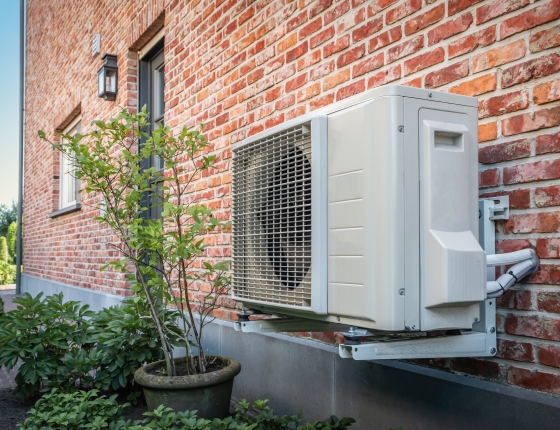As many have heard by now, the Inflation Reduction Act (IRA) will offer significant incentives for homeowners and businesses when it comes to energy efficiency. In September, CEE discussed the benefits that businesses can expect to see in 2023, and now, in this post from the Air Source Heat Pump Collaborative, we will look at the benefits the IRA offers to homeowners, especially the incentives around installing heat pumps.
What benefits are available now?
An extension of the earlier 25C Energy Efficient Home Improvement Credit is available through the end of 2022 with a $500 lifetime cap.
- Heat pumps qualify for a tax credit on 10% of the project cost, up to $300. The heat pump must be installed in an existing primary residence (the credit does not apply to new construction or multifamily).
- Heat pumps must be ENERGY STAR certified to qualify for this tax credit. More information about the tax credit and qualifying equipment can be found here.
What’s changing in 2023?
Starting January 1, 2023, the 25C tax credit will increase to 30% of the cost for all eligible home improvements made during the year by a taxpayer in a residential home.
- The credit has an annual cap of $1,200, except for heat pumps and heat pump water heaters, which qualify for a $2,000 credit.
- As the annual cap resets each year, a homeowner could perform work in stages to claim maximum tax credits (for instance, air sealing and insulation one year and a heat pump the next year).
- In 2023, qualifying heat pumps will need to meet the Consortium for Energy Efficiency’s highest efficiency tier specifications (not including any advanced tier). These criteria are listed in the table below.
| System Type | Highest CEE Tier | SEER2 | EER2 | HSPF2 | COP at 5°F | Capacity Ratio |
|---|---|---|---|---|---|---|
| Ducted | Tier 1 | ≥ 15.2 | ≥ 10.0 | ≥ 8.1 | ≥ 1.75 |
≥ 58% at 17°F/47°or |
| Ductless | Tier 2 | ≥ 16.0 | ≥ 9.0 | ≥ 9.5 | ≥ 1.75 |
What benefits will be available in the long run?
The U.S. Department of Energy will distribute funds to state energy offices across the country. These funds will provide rebates through two programs that can be used in conjunction with a tax credit to further incentivize heat pump equipment installations. Implementation of these programs will take more time, as state energy offices will need to submit plans to administer these rebates in accordance with DOE guidance.
The Home energy performance-based whole-house (HOMES) Rebate Program will provide rebates for whole-home retrofits based on modeled or measured energy savings.
- This rebate can be used for heat pump installations and HVAC upgrades.
- Homeowners can qualify for rebates on 50% of project costs, up to $2,000 for 20% energy savings or $4,000 for 35% energy savings.
- Households below 80% of Area Median Income qualify for rebates on 80% of project costs, up to $4,000 for 20% energy savings or $8,000 for 35% energy savings.
The High-Efficiency Electric Home (HEEH) Rebate Program will provide rebates to low- and moderate- income households (at or below 150% of the Area Median Income) for energy efficiency upgrades and electric equipment.
- Homeowners can qualify for rebates on 50% of project costs or 100% of project costs for households below 80% AMI.
- Heat pumps will qualify for up to $8,000.
- The program also includes rebates for upgrading electric panels and wiring.
The HOMES and HEEH rebates are not intended to be used on the same home.
Visit the ASHP Collaborative website
Related Links
The Building Performance Association
